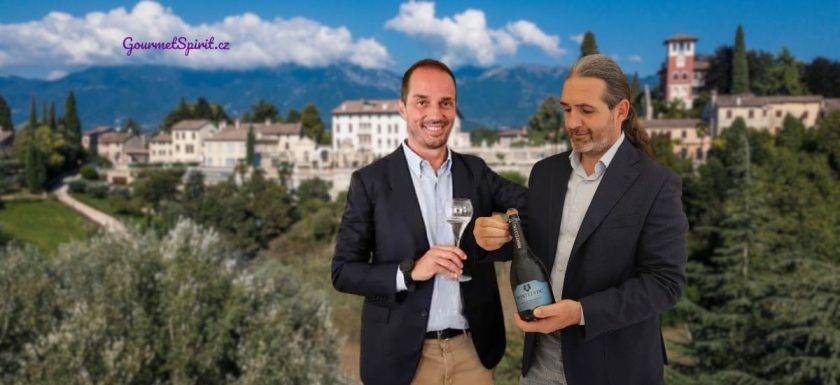The Montelvini winery is an Italian knight who honestly and bravely fights for the glory of the Asolo Prosecco region. The Asolo appellation is the comet of the last decade on the Prosecco scene. Montelvini is its global ambassador and chief representative. Asolo Prosecco Montelvini are top quality sparkling wines, whose charm stands out especially in the dry extra-brut version of the prestigious Serenitatis range. These wonderful wines are full of fruity intensity with a degree of complexity complemented by mineral character. Montelvini also produces the Col Fondo cuvée, which is sold with yeast sediment in the bottle. Montelvini Family Winery CEO Armando Serena recommends comparing the wine before shaking the bottle and after. A bottle with mixed yeasts offers a fuller, softer and gourmet wine. Their next big project is the restoration of an ancient vineyard in the heart of the town of Asolo, from which they plan to create an exciting cuvée. We talked to Alberto Serena and head winemaker Stefano Nandi about fruity and fresh Prosecco.
The Prosecco Valdobbiadene appellation is admittedly more famous than Prosecco Asolo despite its long tradition of winemaking. At the time of the Venetian Republic, the most sought-after and most expensive wines came from Cyprus and precisely from the area around Asolo, mainly thanks to the fantastic terroir.
Albereto Serena, CEO Montelvini
What is your first memory of wine?
Alberto Serena: Well, it’s not actually a memory of the wine, but of its harvest when I was 4 or 5 years old. I remember a long line of tractors loaded with grapes. It was on a Saturday in September. The whole event was also associated with certain celebrations. I used to ride my little bike between the tractors, which was great fun for me at the time.
Stefano Nandi:My first memory is also related to the grape harvest season, when I helped out in our family vineyards as a little six-year-old boy.
The light saltiness and minerality of Prosecco wines is very typical for the Asolo Prosecco appellation.
Stefano Nandi, Montelvini oenologist
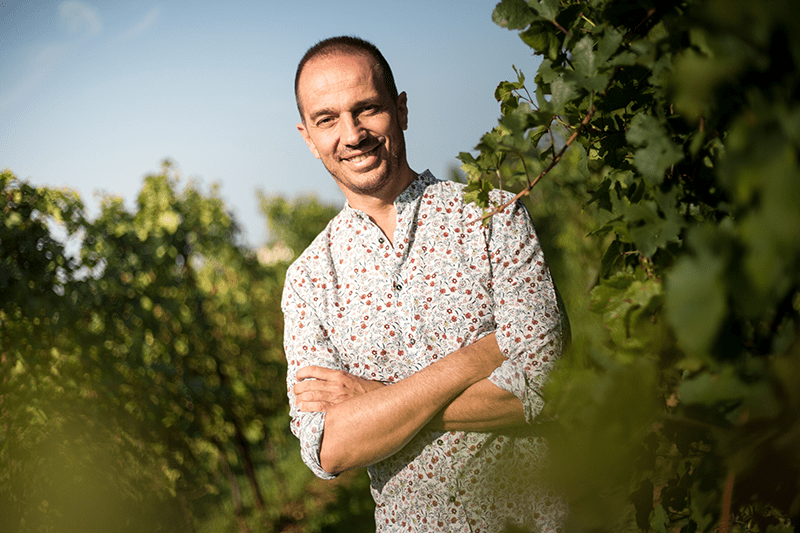
Which wine do you think is the best you have ever tasted?
Alberto Serena: It is a difficult question. Great experiences with wine are often associated with a specific moment in life. In general, I consider Riesling to be my favorite wine, mainly due to its minerality and juiciness. Of course, I like Rieslings from Germany, but I also tasted the one from the Czech Republic, which Stefano brought a few months ago.
Stefano: Yes, I brought the Riesling from my visit to the Sonberk winery. Alberto and I also tasted Slovak Riesling from Karpatská Perla. Both wines were great. However, I personally prefer red wines. I adore Tuscan Brunello. I travel the Tuscan wineries at least once a year. I usually bring fantastic wines from less known wineries.
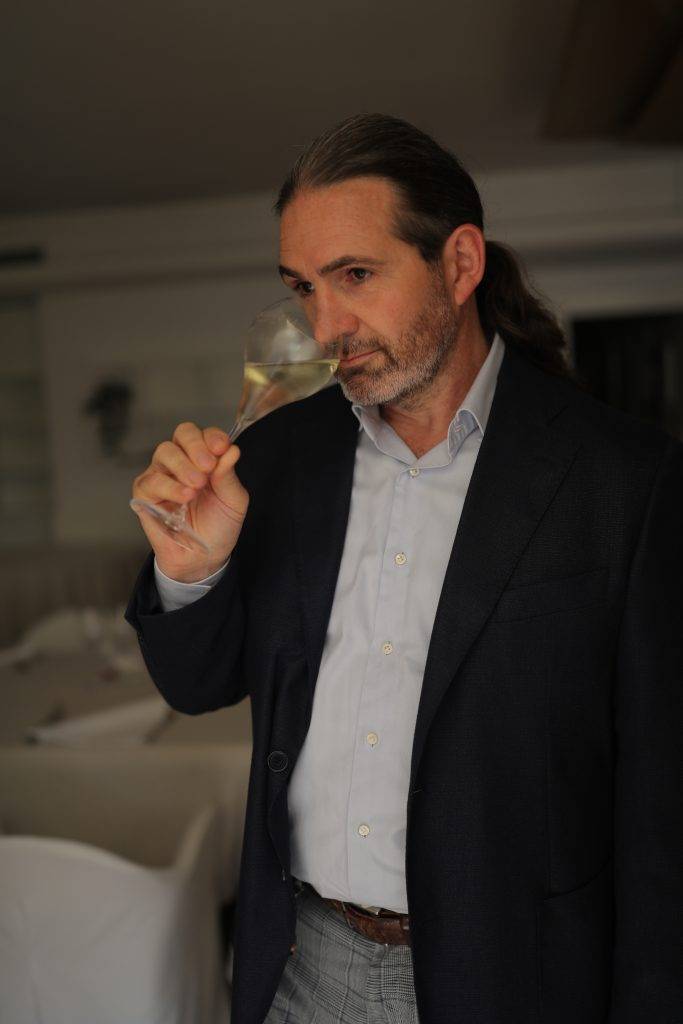
By the way, we offer wines from Sonberk on our e-shop.
Your family has more than 100 years of winemaking tradition, but it was only founded in 1968. Could you shed some more light on your family's winemaking history?
Alberto Serena: My family’s winemaking past has always been connected to the local region, since the end of the 19th century. So why was the Montelvini winery only founded in 1968? My father Armando had 8 siblings who worked in the family winery. However, he wanted to create and interpret wines in his own way, in a modern way. One of his uncles owned the winery Vinicola Serena and thus allowed him to produce his first own wines. My grandfather also owned the Zuitére vineyards, which are now directly in front of us. It was these vineyards that became the basis of the Montelvini winery. Together with my sister Sara, we represent the 5th generation of our winemaking family, even though Montelvini was founded “only” 56 years ago.
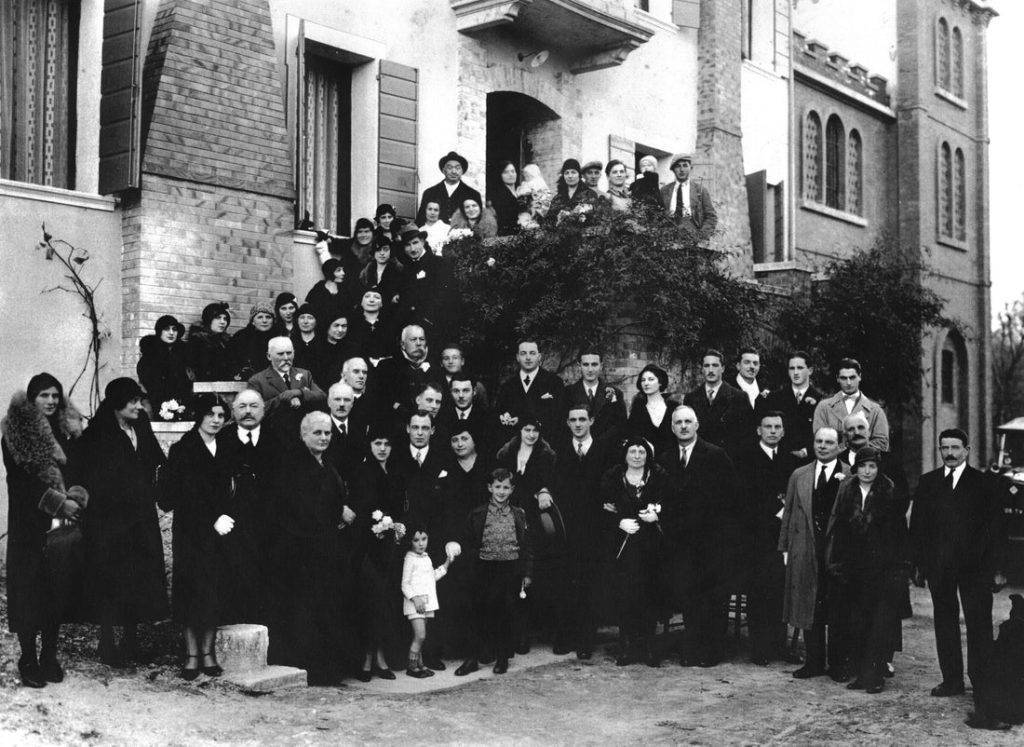
It’s surprising, none of us actually started working as a winemaker right away. Everyone has a completely different foundation. For example, my first work experience is related to an industrial company in Germany. Sister Sarah is originally a journalist and my father Armando was originally an architect. Each of us wanted to start making a living other than winemaking, but it was always an experience for only about 5 years. After that, our vineyard started calling us to return home. We are now very proud of our family’s winemaking tradition and what we have built.
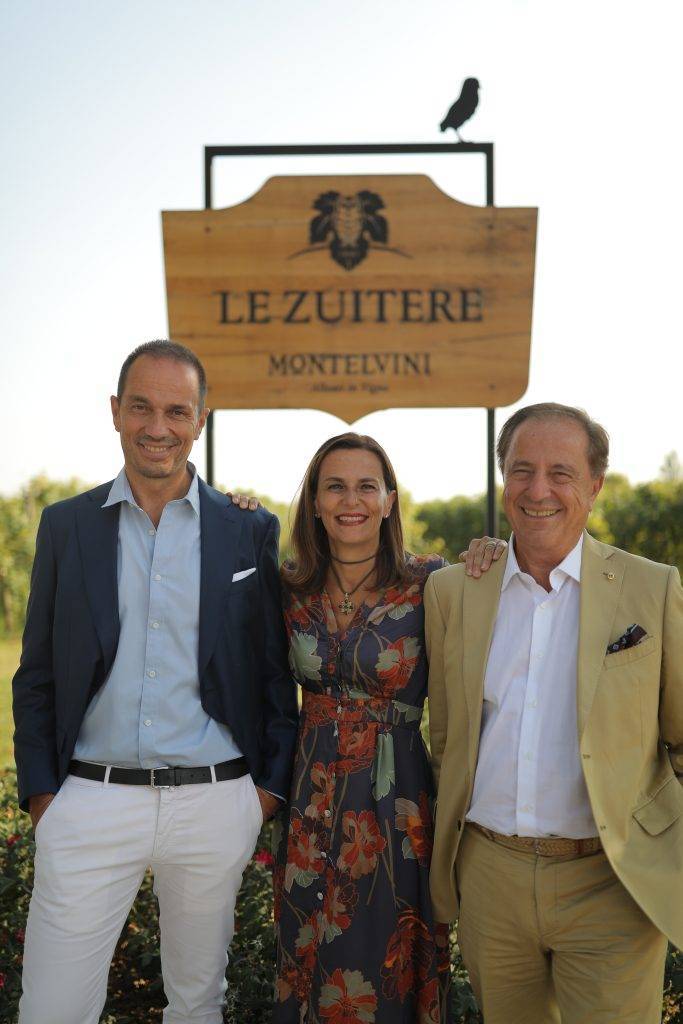
What role does your father Armando have in the winery?
My father recently celebrated his 80th birthday, but he still oversees the winery and is still around. He is the President of our company. However, the management of the business is now up to me and my sister.
What was the production of Asolo Prosecco Montelvini like in the 1980s?
Alberto Serena: Our winery in the local region, today known as Asolo Prosecco, produced mostly red still wines – 80% of the production. White still wines were dominated by the Glera and Bianchetta varieties, which are used to make sparkling Prosecco today. Most wines were sold in large demi-johns. A few sparkling wines were produced using the traditional method of fermentation in the bottle.
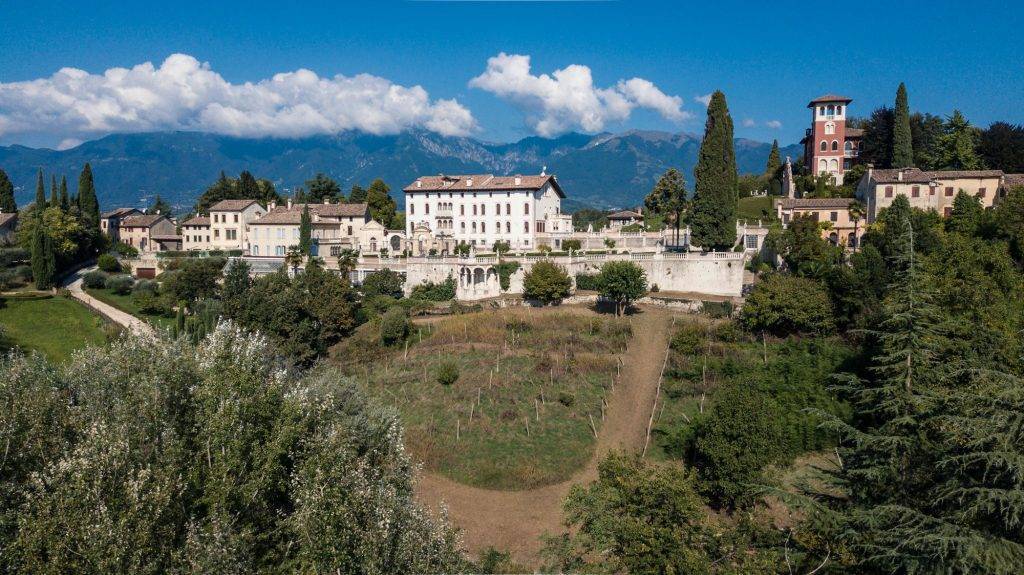
Your winery is behind the restoration of the historic vineyard in the center of the village of Asolo. Why did you take on such a challenging project?
Alberto Serena: I have always wanted to repay the local region, the landscape, the town for what it has provided to many generations of our family. Returning to the past of winemaking in the Asolo region through the restoration of a historic vineyard was a great opportunity. The Prosecco Valdobbiadene appellation is admittedly more famous than Asolo Prosecco despite its long tradition of winemaking. During the time of the Venetian Republic, the most sought-after and most expensive wines came from Cyprus and precisely from the area around Asolo, mainly thanks to the fantastic terroir. This project is also a tribute to the famous winemaking past of the local region. It is therefore not only about the restoration of the vineyard as such, but also about documenting the famous history, which is why historians and Venetian preservationists are also involved in the project.
For the Prosecco Asolo appellation, the drier Brut and Extra-brut wines make up around 70% and the off-dry Extra-dry only 30% of the production. Asolo doesn't need sugar to enjoy it.
Stefano Nandi, Montelvini oenologist
The vineyard at Villa de Matti in the center of the village of Asolo already existed under Napoleon. When we started thinking about its restoration, it had already been deserted for over fifty years. So the first task was to find out which varieties of vines are still growing in the vineyard. We discovered a whole range of varieties because in the 60s of the 20th century the vineyard was used for their cultivation.
We planted new vines in 2017. The first harvest of 2019 was supposed to be a test of quality. But the following two years in a row, huge hailstorms devastated the vineyard. The original Glera ISV GA8 clone grows here, which comes from the Asolo appellation and is now used by only one other winery. Witnesses claim that the wines from the vineyards around Villa de Mattia had a very intense aroma and mineral taste. So we’ll see what kind of wine it will be in the end.
Vinice u Villa de Mattia, centrum obce Asolo
- Area: <1ha
- Altitude:
- Exposure: South
- Slope: 25°
- Soil: Clay with layers of saliva
- Varieties: Glera, original vineyard clone discovered by ISV GA8
- Original planting: raid bushes and 70 original vine bushes
Just for completeness – we use 99% of the Glera clone that comes from Conegliano, which gives both quantity and quality, but the original clone from Asolo should be all about quality and high acid content. We are very curious.
This is an exciting project.
Stefano, I heard that you have been working for Montelvini for over 30 years now...
Stefano: Yes, I have been working for the Serena family winery for 35 years. I started working here immediately after graduating from the WineSchool of Conegliano Veneto, which is the oldest wine school in Italy. There are seven wine schools in Italy. When I was young, I wanted to become a veterinarian, but when I arrived in Conegliano, I was probably influenced by the spirit of the place and I wanted to work as a winemaker. At first I helped with the harvest, but gradually I worked my way through almost every role in the winery.
How would you describe the philosophy of the Montelvini winery?
Alberto Serena: We agree with Stefano on our philosophy. We do not like our wines to show a very intense aroma or a fuller body. We strive for the ideal ratio between aroma intensity and fresh minerality. We want to make wines that are pleasant to drink with intense flavour, a certain touch of saltiness and persistence in the mouth. It is a style of Prosecco that is typical of the terroir of the Asolo appellation.
Stefano Nandi: The light saltiness and minerality of the wines is very typical for the Asolo Prosecco appellation. Our philosophy is to maintain the quality of grapes from the local terroir. We apply this philosophy not only to sparkling wines, but also to still wines.
How would you describe the terroir of your vineyards and how does it manifest itself in your Asolo Prosecco Montelvini wines?
Stefano: Our south-facing vineyards are located between the villages of Asolo and Montello in hilly terrain. The local terroir stands out due to the large temperature difference between day and night, especially in the pre-harvest period. Asolo Prosecco defines an area of around 20 thousand hectares, but vineyards are planted only on the best 2 thousand hectares. The grapes are perfectly ripe. The subsoil here gives them a high intensity.
Jaké je složení Vaší produkce? Jaký je podíl šumivých vín?
Alberto Serena: 90% are sparkling wines. Their share is constantly increasing thanks to the growing demand for wines with a lower alcohol content, around 12.5%. Our most prestigious line of Asolo Prosecco Montelvini Serenitatis wines makes up about 20% of the production (note GourmetSpirit.cz on our website you can only find wines of this range). In general, customers tend to go for either premium or entry-level wines these days, which is why our range is quite extensive. The grapes are mostly from our own vineyards, but we also buy some from our long-time winemakers.
Stefano: We check the quality of purchased grapes before harvesting them in the vineyards. I would add that for Asolo Prosecco Montelvini wines, dry Brut and Extra-brut wines make up around 70% and semi-dry Extra-dry 30% of the production. Asolo doesn’t need sugar to enjoy it. A few years ago this ratio was reversed, but times are changing.
Alberto: Yes, drier sparkling wines are popular these days – especially Brut, which does contain some residual sugar as well. However, the production of very dry Extra Brut sparkling wines dominates here.
What is the name of your top line of Serenitatis wines?
Alberto Serena: The logo of Montelvini is an owl, because the location with our vineyards around the winery is called the Land of Owls in the local dialect. At night, local owls can be heard in the vineyards a lot, which creates a beautiful night atmosphere. The moon is a symbol of night and Serenitatis is the name of one of the seas on its surface.

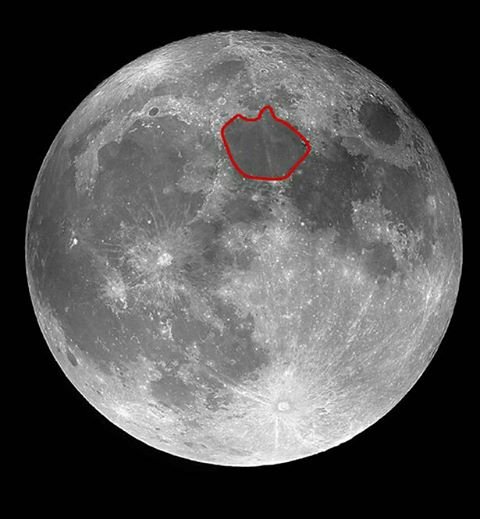
In 2020, the production of rosé wines was allowed in the Prosecco appellation. How important is this style of wine to your winery?
Alberto Serena: Prosecco rosé production in our winery represents approximately 5% of production. The popularity of rosé sparkling wines is a global trend, not so much in the Prosecco appellation. In 2020, I think it was more of a commercial production, so Prosecco rosé did not win the hearts of wine lovers. Legislatively, the minimum proportion of Pinot nero must is set at 15%, but often only so-called pink colored wines are produced. We try to make our rosé Prosecco really smell of Pinot nero (Pinot noir), but it is not easy to achieve. What do you think, Stefano?
Stefano: The key is to have the right Pinot nero clone and choose the right vinification method. For the production of sparkling wines, tannin is not desirable, as it would be in great contrast with the white Glera variety. During vinification, it is necessary to choose the right moment when the Pinot nero skins are separated from the must, in order to reduce the tannin content in the wine. Usually it is after a few days of maceration.
Which of your wines are you most proud of?
Alberto: I am very proud of our Zuitér Montelo white still wine from the local Manzoni Bianco variety, which is a cross between Pinot Bianco and Riesling Renano. The creation of this wine was a challenge for us because we had no experience with this variety. As I said, I love Riesling and this wine has the character of a Riesling and goes well with vegetable starters, shellfish and rich omelettes. It is mineral with a perfectly balanced taste, a wonderful aroma with a long-lasting aftertaste.
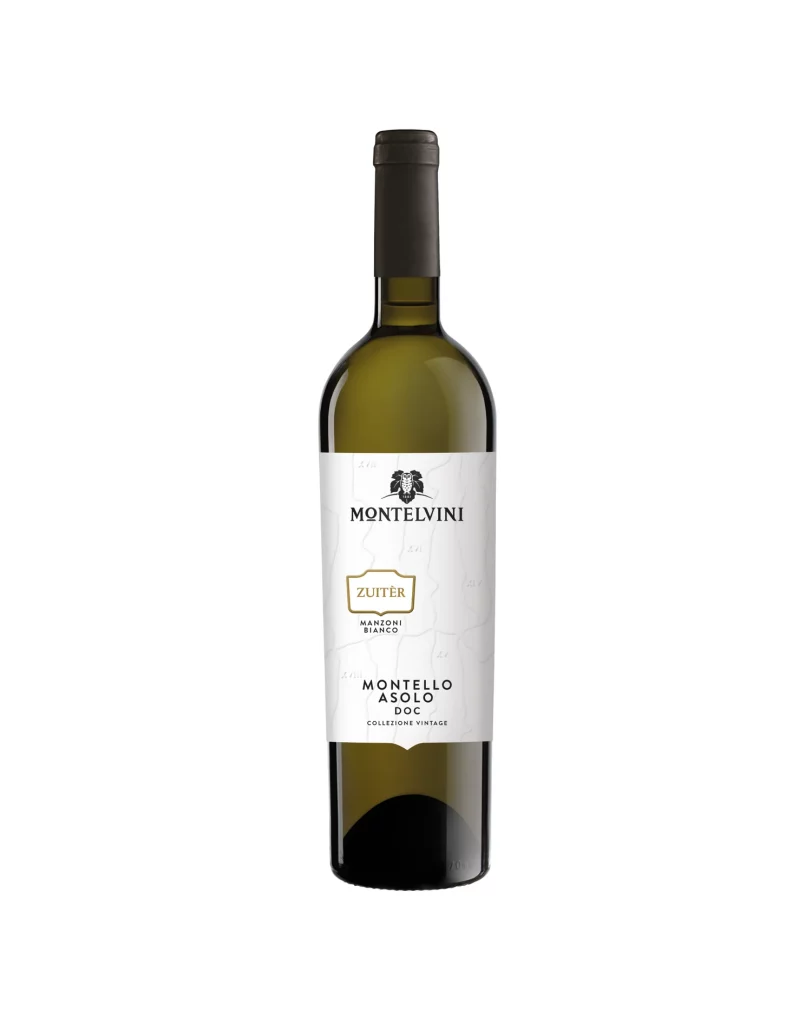
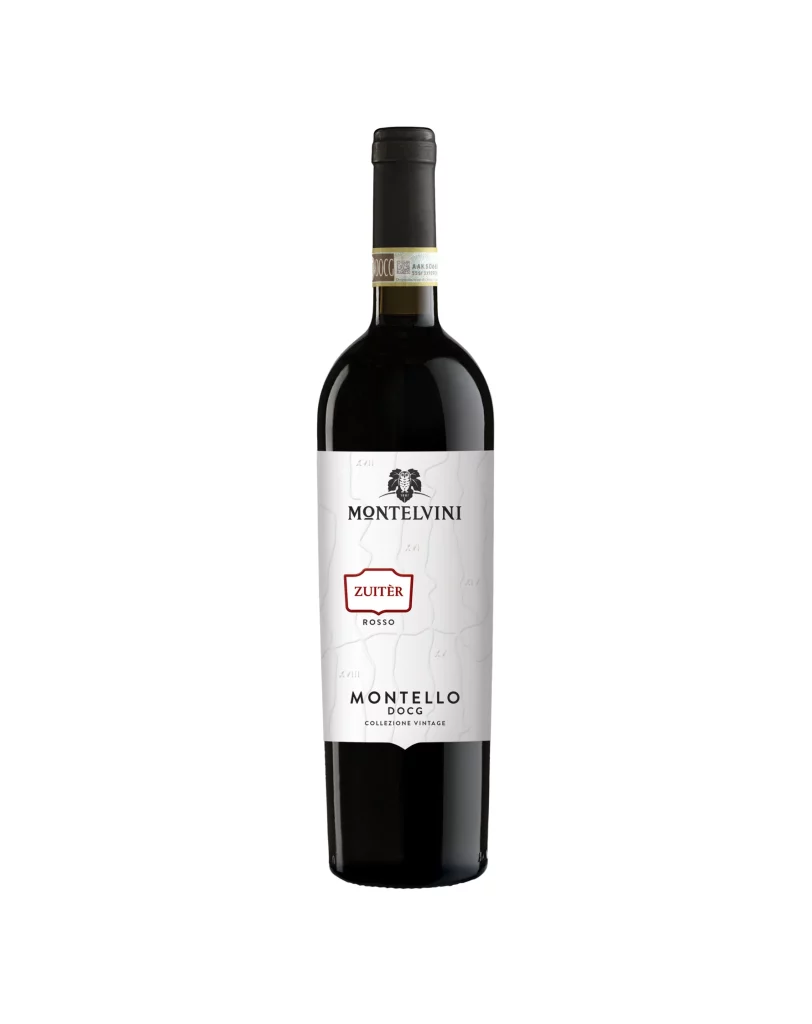
Stefano: I am most proud of our red wine Zuitér Rosso, which is a blend of Cabernet Sauvignon (60%), Cabernet Franc (20%) and Merlot (20%). I experimented with making red wines for many years before I started working for Montelvini. This wine has tremendous aging potential. I recently tasted this wine from the 2002 vintage (so over 20 years old) and it was very expressive with a great taste. In recent years, we have tried to produce reds with a lower alcohol content, full of fruit for easy sipping.
How would you describe the latest trends in wine consumption in Italy?
Alberto: People increasingly prefer lighter wines, and thus the consumption of white and especially sparkling wines is increasing. Aperetivo, i.e. a toast before dinner with family or friends, is very important in Italy. Either cocktails like Spritz or sparkling wines are popular for this moment. This is a long-term, stable trend that has intensified even after covid.
When you think of Italian wines, most wine lovers think of rich reds from Piedmont or Tuscany. But producers from these famous Italian regions often suffer. On the contrary, the consumption of sparkling wines after covid is growing at a double-digit rate year-on-year. We are very happy for that.
Franciacorta is considered the highest quality Italian sparkling wine. How do you view wines from this appellation in Lombardy?
Franciacorta is not a matter of my heart. And it’s not because of the competition – it’s a completely different wine after all, which has a very different character thanks to the traditional method. I am not convinced that the terroir of this appellation is ideal for sparkling wines made by the classic method of secondary fermentation in the bottle. It is too hot here, the vineyards are at a relatively low altitude. I think that the terroir of some other regions of Italy or France is far more suitable for the production of methodo classico sparkling wines.
I recently tasted your unfiltered sur-lie Il Bruto Prosecco Confondo. Was it just an experiment or is it a stable part of your portfolio?
Il Bruto is made in the style of sparkling wine Prosecco, as it was created before the Martinotti method, i.e. secondary fermentation in a closed tank (note GourmetSpirit.cz: the equivalent of the Charmant method from France). I always wanted to have this style back in our portfolio. I really like Confondo especially when drinking with friends during the summer. It is a dry, fresh, mineral wine that develops over several years. My sister talked me out of this wine because she thought it was too complicated. Confondo ended up winning several awards abroad despite its name “Il bruto”, which means “The Ugly” in Italian.
What is your attitude towards so-called natural wines?
Alberto: I hate the term natural wine. No wine is absolutely natural. It seems to me that the term natural is meant to justify the frequent defects in these wines. I can’t stand so-called natural wines that are full of sulfur, volatile acids, etc. However, I have to admit that there are certain winemakers who produce great biodynamic wines.
How do you work with yeast? Are you using ambient or cultured yeasts?
Stefano: We use exclusively commercial yeast. We usually combine several different types to give our wines a complex and multi-layered expression.
How is climate change affecting your viticultural practices, if at all?
Stefano: In recent years, we have been dealing with the lack of rainfall and the amount of retained water in the vineyards. Although irrigation is allowed in the Asolo Prosecco appellation, it is very problematic on hilly vineyards. We are starting to cooperate more with agronomists from areas where water scarcity is typical.
What is your favorite Asolo Prosecco Montelvini wine pairing with food?
Alberto: In general, Prosecco is not a very suitable wine to pair with food. 50% of the production is Extra-dry, which are wines that are too sweet for most normal dishes, but at the same time they are not too sweet for sweet dishes. So most Prosecco is drunk as an aperitivo. But Prosecco Asolo is an exception. I love Asolo Prosecco Montelvini Serenitatis Extra-brut with fish and Prosecco Colfondo sur-lie with Italian salami or Prosciotto.
Stefano: My favorite combination is our still Manzoni Bianco with vegetable starters. The higher acidity of the wine suitably complements this pairing.
In general, Prosecco is considered a wine intended for early consumption. What is the aging potential of Asolo Prosecco Montelvini?
Alberto: Il Brutto Prosecco has the potential to age for several years. Other Prosecco’s are really better consumed within 1-2 years of bottling. If you taste Asolo Prosecco Montelvini after 2 years, it will no longer have the typical strong fruity character and freshness, but it will still be a good sparkling wine.
What are Montelvini's next ambitions?
Alberto: We want to continue to be seen worldwide as a kind of ambassador and main representative of the Asolo Prosecco appellation. Even 10 years ago, this appellation was not very well known and the total production of Prosecco Asolo was only 1 million bottles per year, which sounds like nothing compared to the production of Prosecco Valdobbiadene DOCG (80 million bottles per year) and Prosecco DOC (300 million bottles per year). In the last 10 years, the production of Prosecco Asolo has increased up to 25 times. During the same period, the production of Prosecco DOC “only” doubled, and the production of Valdobbiadene was up by only 20%. It is a huge success of our ambassadorial activities. However, our goal is not to increase our own production. We want Montelvini to be a global wine brand because of the quality of Asolo Prosecco wines, not because of the quantity of production. We even stopped producing Prosecco Valdobbidene in 2022, which is probably not good for our sales, but it is in line with our identity, which is linked to the Asolo Prosecco appellation.
My personal goal has always been to convey emotions to people through wine. I am very proud that our wines give a certain feeling of happiness to people all over the world – from Italy, through the Czech Republic to Malaysia or the USA. It’s a certain philosophical overlap that I adore in our work.
Thank you very much for a very pleasant interview. Arrivederci.
Mohlo by Vás zajímat
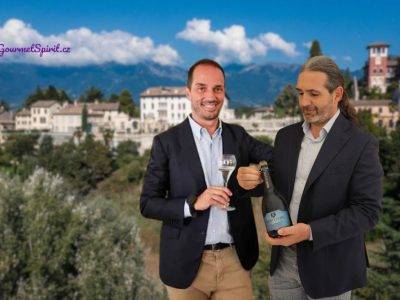 Na kus řeči o nejdynamičtější apelaci Prosecco Asolo s jeho ambasadory – ředitelem a enologem vinařství Montelvini
Na kus řeči o nejdynamičtější apelaci Prosecco Asolo s jeho ambasadory – ředitelem a enologem vinařství Montelvini
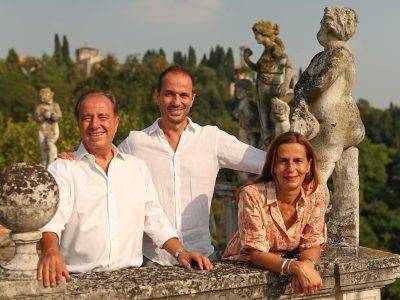 Vinařství Montelvini: 130-letá rodinná tradice a přitom nejdynamičtější vinařství v apelaci Asolo Prosecco
Vinařství Montelvini: 130-letá rodinná tradice a přitom nejdynamičtější vinařství v apelaci Asolo Prosecco
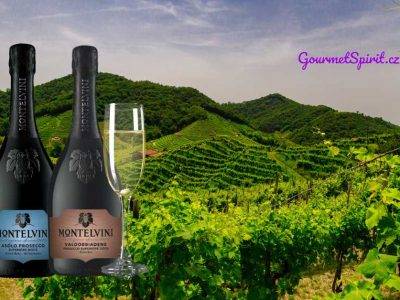 Prosecco: vše o nejznámějším šumivém víně Itálie
Prosecco: vše o nejznámějším šumivém víně Itálie
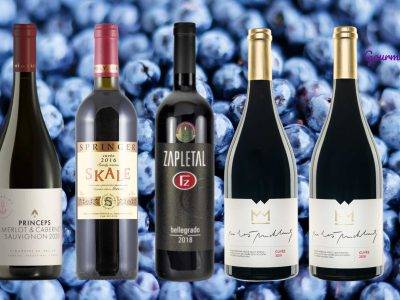 Žebříček 40 nejlepších vín Cabernet Sauvignon nebo jeho cuvée z ČR
Žebříček 40 nejlepších vín Cabernet Sauvignon nebo jeho cuvée z ČR
